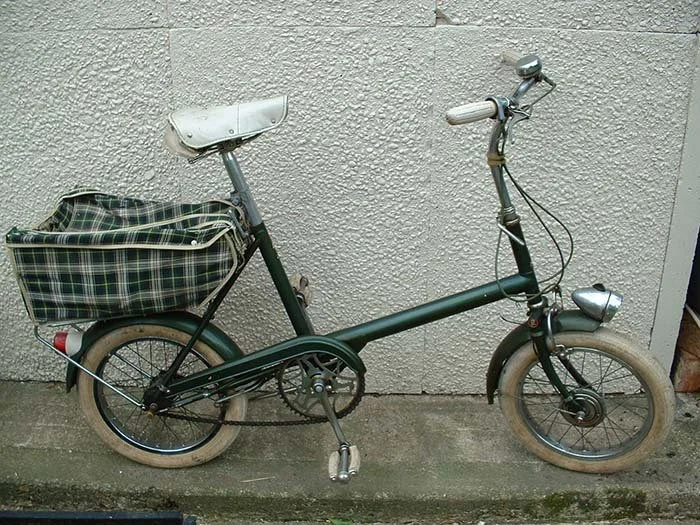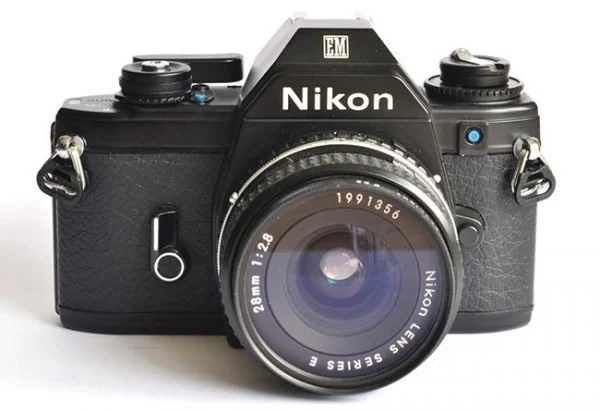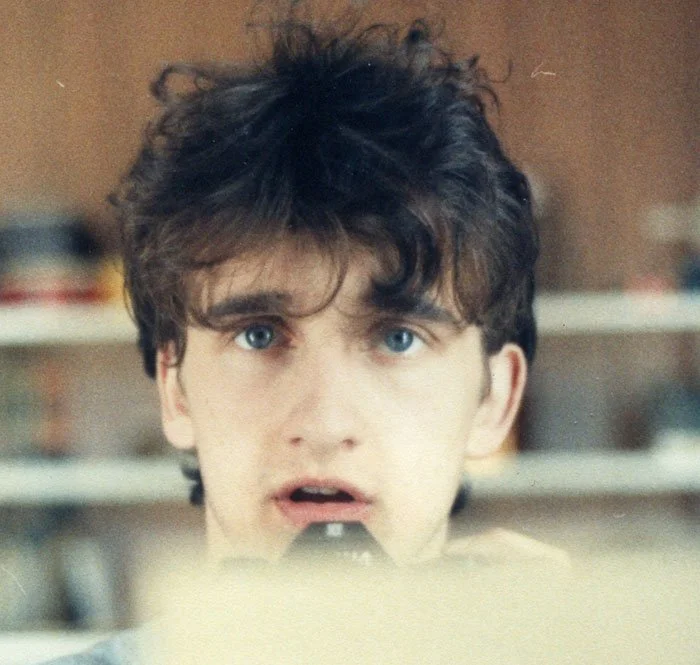How I got here 1: The early years
In a few weeks, as long as I can weather this latest obstacle, I’ll celebrate surviving 15 years as a working photographer. It’s been a journey fraught with setbacks right from the start. This is the first of a self-indulgent series of blog entries detailing my life behind the camera, from the very first moment of realisation that my destiny had been set, to my current precarious existence and hopes for the future.
The map above has a big significance for me. The yellow X marks the exact spot where I decided, during the school summer break of 1976, that I wanted to be a photographer. It is the playground of Welbeck Primary School in St.Anthony’s Estate in Walker, Newcastle Upon Tyne. It still stands, although it’s now some sort of Academy. It had been my primary school, although by 1976 I’d moved onto the maelstrom of Walker Comprehensive. This was the great, hot summer of 76 – water rationing was in place, and it was a glorious time to be a kid – no computers or tablets to keep us reigned in, very little TV choice – usually a couple of hours in the morning consisting of Black Beauty, The Banana Splits, WDY (look it up kids), and Robinson Crusoe, with maybe an episode of Mary Mungoe & Midge thrown in. The joy was in the absolute freedom of the outdoor environment being ours for 6 whole weeks. There were plenty of paedo’s about – it’s not a modern phenomenon, and we knew who the “weird men” in the area were. There was “Womble”, “Jacky Shiter”, “Joe 90″, and my personal favourite ” Sid The Wanker”, whose name was derived from the fact that his arm had been seriously damaged during the second world war, causing it to lock straight, with his fist in a gripping position. As he walked (with a massive exaggerated limp), his arm would move in a crazy masturbatory movement, much to the amusement of the unsympathetic, crazed pack of youths who roamed the streets on bikes until the early hours.
This particular day, I had sneaked into the primary school grounds, which were strictly out of bounds during holiday time. The big kids usually broke a bit of fence so they could get in, and play cricket or football on the big field, which didn’t seem much to ask really. My pals and I were doing stunt moves on an impromptu ramp that had been created between the gravelled tennis court and field (where the X is). My bike was actually a girls cycle called a Raleigh Kingpin (an identical green one pictured below). My old man got it second-hand as my main Christmas present after I’d hassled him for a bike. To say the other kids, with their ten speed racers, and Choppers/Grifters took the piss was a bit of an under-exaggeration. This monstrosity, along with my Wrangler “Fuck off flares” held in place by bicycle clips, made me the laughing stock of the estate. I digress.
There were some lads playing on bikes who we didn’t know. One of them had a camera round his neck, and he was taking photos of his mates as they jumped off the ramp. They got talking to us, and the lad gave me a go of his camera. This thing looked immense. It was a rangefinder 35mm with an exposure meter on the front. It had dials, and levers, the matte brushed silver finish was beautiful, and when I held it, I knew that my life was complete with this lump of precision engineering in my hand. Looking through the viewfinder was like being in an alternative universe – The world was suddenly contained in a frame bounded by white lines, and a circle in the middle which miraculously brought two split views together when the lens barrel was turned. I wanted one. I can’t remember if it was a Voigtlander, Olympus, Yashica, Nikon. Could have been Russian. It certainly wasn’t a Leica M3 like below. Looked Similar though.
I obsessed over the next few months, and hassled my old man relentlessly. We were known in the trade as “totally skint”, so getting anything like the camera I’d held was impossible. He pulled a blinder though, did some research, and bought me a second hand Zenit E for Christmas – from the long-departed Parrish's Department store on Shields Road in Byker. This camera (pictured below), which came with a screw-thread 58mm f2 lens, and leather case, was literally like a tank – constructed of solid steel, completely mechanical, with manual focus, & a basic selenium exposure meter on the pentaprism. This is the way to learn the technical aspects of imagery, not with some digital monstrosity that purports to do everything for you.
My Zenit E with 58mm lens - A £20 Russian behemoth classic
It became my constant companion for several years, and allowed me to become expert in calculating reciprocal exposure values, depth of field, the merits of using various film emulsions, and selective focus – all manually of course. I scoured the streets armed with the beautiful Kodachrome 64 slide film (maybe Kodachrome 25 on sunnier days), or a couple of rolls of Ilford HP5 or Kodak Tri-X black and white film if I wanted something a bit more gritty. I documented the scenes and people around me, constantly improving my skills. With my girls bike, Wrangler flares, and solid camera, I knew I was set for life.

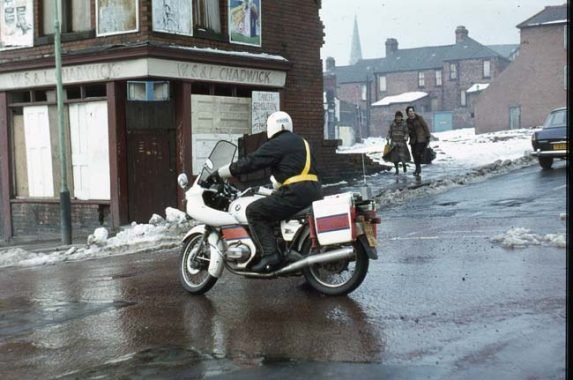

Time passed, and my interest grew exponentially. At 15 years of age I was dispatched to do some work experience at a Central Newcastle commercial studio run by a strange guy called Tony Gilbert. Long gone now, he was known as “The Poison Dwarf” due to his diminutive size, and bitter, aggressive manner. I didn’t have anything to do with him, and spent the 2 weeks busting a gut in the studio environment. To be fair I didn’t learn a goddam’ thing about photography or business – apart from how to make tea, how to steal carpet from a warehouse for the sets, and how to spend eight hours a day painting a plaster infinity cove. Exhausting stuff. I was paired up with a guy called David Lawson, who is now a bit of a celeb social photographer based in Sunderland. The highlight of the week was the arrival of a black Ferrari which was being shot the following week. Never got in on that one though. A sobering experience, and a wake-up call for anyone expecting the assistant’s role to be glamorous.
As I got older, I needed to upgrade my gear, and Christmas provided me the opportunity to get a used Nikon EM. This was another solid camera, which was an aperture-priority model, with no manual override available. The benefit of this thing was the availability of new lenses. I saved up for a wonderful 300mm Vivitar which was about 3ft long, and went with me everywhere. Totally manual focus once more, so you needed to be on the ball technically to use it properly. I had this camera from the winter of 1981 until 2003 without any issues. I also picked up an ancient Lubitel TLR (Twin Lens Reflex) camera which introduced me to the world of medium format photography. Carrying that bad boy around the mean streets of Byker was something to behold.
My creativity began to thrive, and I soon had a collection of filters, an exposure meter, and flashgun to supplement my basic kit. My photo stories – “Chris the Chocolate Digestive cuts himself shaving”, and “Neville the Nice biscuit gets mugged” were among dozens of still life shots I did at the time. My “Assassination of Mam” was a personal favourite.





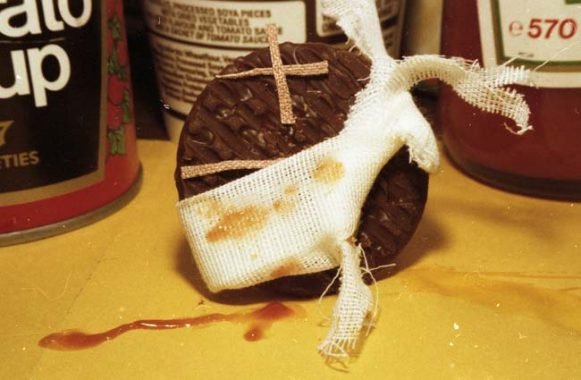


I continued to shoot everything around me for the next three years with huge enthusiasm. In my final year at Walker Comp, I got involved in a community photographic project with a history teacher called Chris Madge. He’s actually still up and running 33 years later – as part of the North East Photographic Network NEPN. The project involved about 10 people, and was based in an old shed near the school. It housed a B&W darkroom fit for a king, and we had film stocks galore. The project was a fascinating one. Chris Madge had taken simple portraits of about 20 pupils in their uniforms aged 14 – two years before leaving school, along with a brief interview detailing their plans and any aspirations. Our task was to track them down two years after leaving school, get permission to photograph them in their working or home environment, go out and do it, then interview them again to provide a narrative on how their plans had unfolded over the four year period. The before & after images were to be shown alongside each other with the accompanying interviews at a special exhibition at The Side Gallery in Newcastle over the summer. Paired up with a partner – my pal Paul Weightman, (who sadly passed away from brain cancer a few years ago), we set about finding our targets. At this point in time, I was a naive young lad with a zest for life. I’d been accepted by Queen Mary College in East London to study a Physics degree later that summer, and I had absolutely no troubles in the world. Dealing with the people on this project gave me my first insight into Thatcher’s Britain – a world in which the young working class were treated with contempt, and the traditional hard work which occupied hundreds of thousands of young men was exported to cheaper countries, leaving behind a vacuum of mass unemployment – resulting in listlessness, loss of identity, and the eventual but inevitable decline into anti-social behaviour, crime, and alcohol/drug dependency. Walker had been dominated by shipbuilding and heavy engineering, and most of my relatives had worked in this environment for most of their lives. We often used to watch the thousands of men sprinting from the gates of Swan Hunter in the school holidays. No more though.
Of the percentage of people we could actually track down (no Facebook & many without phone lines), several were in prison or Borstal, and most of the others were unemployed, & living with their parents. This potentially didn’t make for an inspiring set of images. Only a single person was employed – in a local garage. We endeavoured to photograph those who were willing, in various locations – in back yards, with their parents, or in an interesting environment. The project was finished successfully, but I never got to actually see the exhibition in-situ, as a month later I headed off to the big city with only a canvas bag full of clothes and a camera round my neck. the next 20 years became known as “The Wilderness Years”. More of that in my next post though.

